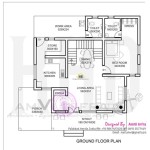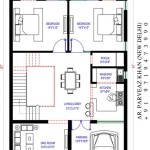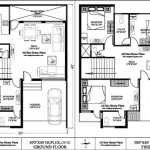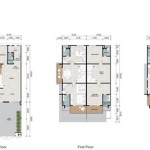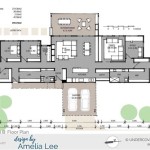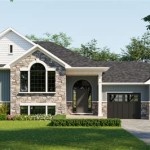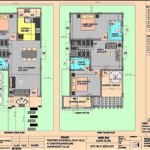Perfect Vastu Home Plan: Principles and Considerations
Vastu Shastra, an ancient Indian system of architecture and design, emphasizes aligning buildings with the natural forces of the universe to enhance harmony, well-being, and prosperity. A perfect Vastu home plan incorporates these principles to create a living space that is not only aesthetically pleasing but also promotes positive energy flow and auspiciousness. This article explores key elements of a perfect Vastu home plan, incorporating the principles of direction, energy flow, and spatial arrangements.
Direction and Energy Flow
Vastu Shastra assigns specific directions to different areas of the house, each influencing different aspects of life. The main entrance (the "मुख द्वार" or "mukha dwar") should ideally face east or north, considered auspicious directions that welcome positive energy and good fortune. The south direction is associated with fire and power, making it suitable for kitchen placement. The west direction is associated with air and peace, ideally suited for bedrooms.
The flow of energy, or "prana," is vital in Vastu. Open spaces, natural light, and proper ventilation allow for unrestricted energy circulation, fostering a sense of peace and well-being. Obstructions, such as sharp corners, heavy furniture, or clutter, can hinder energy flow, leading to negative effects. Incorporating elements like water features, plants, and mirrors can help enhance energy flow.
Spatial Arrangements and Balancing Elements
The arrangement of rooms and spaces plays a crucial role in achieving harmony. The living room, being the social hub, should be located in the east or north, connecting to the main entrance. The bedroom should be placed in the southwest, ensuring a peaceful and restful environment. The kitchen, as mentioned earlier, is ideally positioned in the southeast.
Vastu emphasizes balance between the five elements: earth, water, fire, air, and space. Incorporating these elements within the home can enhance the overall energy. Earth elements, like stone, wood, and clay, can bring grounding and stability. Water elements, like fountains or aquariums, promote peace and calmness. Fire elements, like candles and firepits, can provide warmth and energy. Air elements, like wind chimes and open spaces, foster clarity and creativity. Finally, space elements, like empty spaces and high ceilings, create a sense of openness and freedom.
Other Vastu Considerations
Beyond the fundamental principles of direction, energy flow, and spatial arrangement, other factors contribute to a perfect Vastu home plan. These include:
- Shape and Structure: Square or rectangular shapes are considered ideal, symbolizing stability and harmony. Avoid irregular shapes or sharp corners.
- Slope and Elevation: The land should gently slope towards the east or north, promoting positive energy flow.
- Materials: Natural materials, like wood, stone, and clay, resonate with the natural forces and are preferred over synthetic materials.
- Colors: Specific colors are associated with different energies. For example, light colors like white and yellow are associated with peace and prosperity.
It is important to note that a perfect Vastu home plan is not a strict set of rules but rather a guideline for creating a harmonious and auspicious living space. The specific application of Vastu principles may vary depending on individual needs and preferences.

Best 4 East Facing House Vastu Plan For A Peaceful Life Namma Family

Vastu Model Floor Plans For North Direction

Vastu Plan Layout For Office Flat Apartment Home House

Vastu House Design Services At Best In Noida Id 20808305488

100 Vastu Ideas House Design N Plans

27 Best East Facing House Plans As Per Vastu Shastra Civilengi One Floor Simple

The Science Of Vastu Shastra Way To Plan Your House Happho

East Facing House Vastu Plan Tips And Things To Avoid

North Facing House Vastu Plan Significance And Design Tips

East Facing House Plan Vastu For

